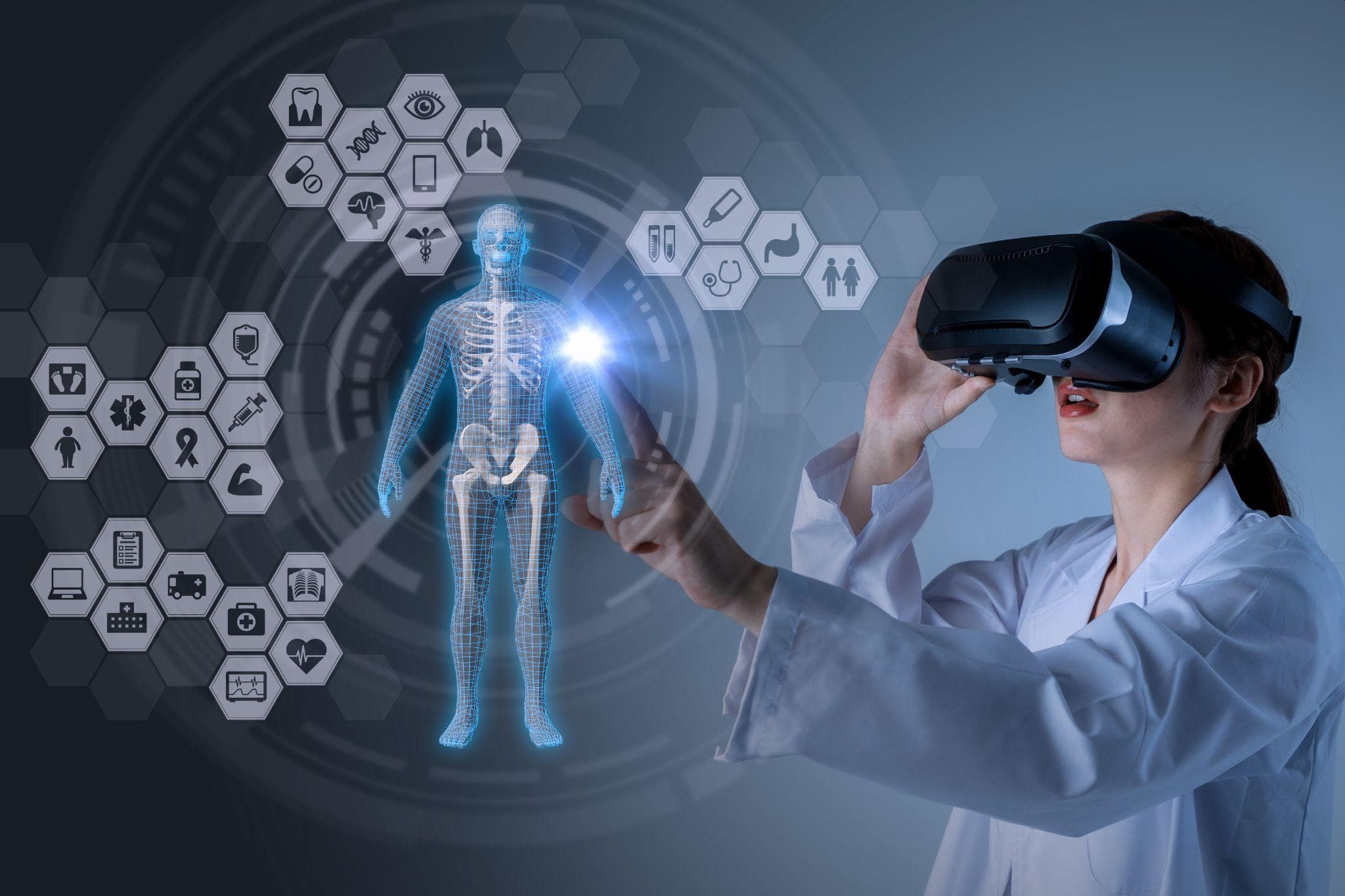
25 Apr NEW INNOVATIONS AND FUTURE TRENDS IN ANESTHESIOLOGY, HEALTHCARE, AND MEDICINE
Anesthesiology has come a long way since its inception in the 19th century. Today, advancements in technology and medical research are rapidly transforming the field, leading to more precise and effective anesthesia techniques. Interested in learning more? Excellent – here’s a quick primer on the future of anesthesiology.
One of the most exciting developments in anesthesiology is the rise of personalized medicine. Advances in genomics and other areas of medicine are enabling doctors to tailor anesthesia to individual patients. Genetic testing can identify patients who may be more susceptible to adverse reactions to certain drugs, and anesthesia dosages can be adjusted accordingly. Personalized medicine has the potential to reduce complications and improve outcomes for patients.
Also new and nascent in anesthesiology is the development of non-invasive anesthesia techniques. These methods, such as transnasal anesthesia, do not require a patient to be put to sleep, and the patient can typically return to their normal activities shortly after the procedure. These techniques are particularly useful for minor surgeries or procedures that do not require general anesthesia.
Advanced monitoring technologies are also making anesthesia safer and more precise. For example, non-invasive monitoring technologies can continuously measure a patient’s blood pressure, heart rate, and oxygen levels, providing real-time feedback to the anesthesiologist. Other new innovations and advancements, such as EEG-based monitoring, can help anesthesiologists to determine when a patient is fully under anesthesia and ready for surgery. These solutions can reduce the risk of complications and improve patient outcomes.
Of course, artificial intelligence (AI) is becoming increasingly important to anesthesiology as well. Automated assistants can help anesthesiologists to make more accurate predictions about how patients will react to drugs, and to identify patients who may be at higher risk for complications. AI can also be used to optimize anesthesia dosages based on individual patient factors, such as weight and medical history.
And, naturally, telemedicine is on the come up as well. Basically, it allows doctors to remotely monitor patients before, during, and after surgery, providing real-time feedback and support. This can be particularly useful for patients who live in remote areas or who have limited access to medical care. Note that tlemedicine can also help to reduce costs and improve patient outcomes by allowing doctors to provide more timely and effective care.



